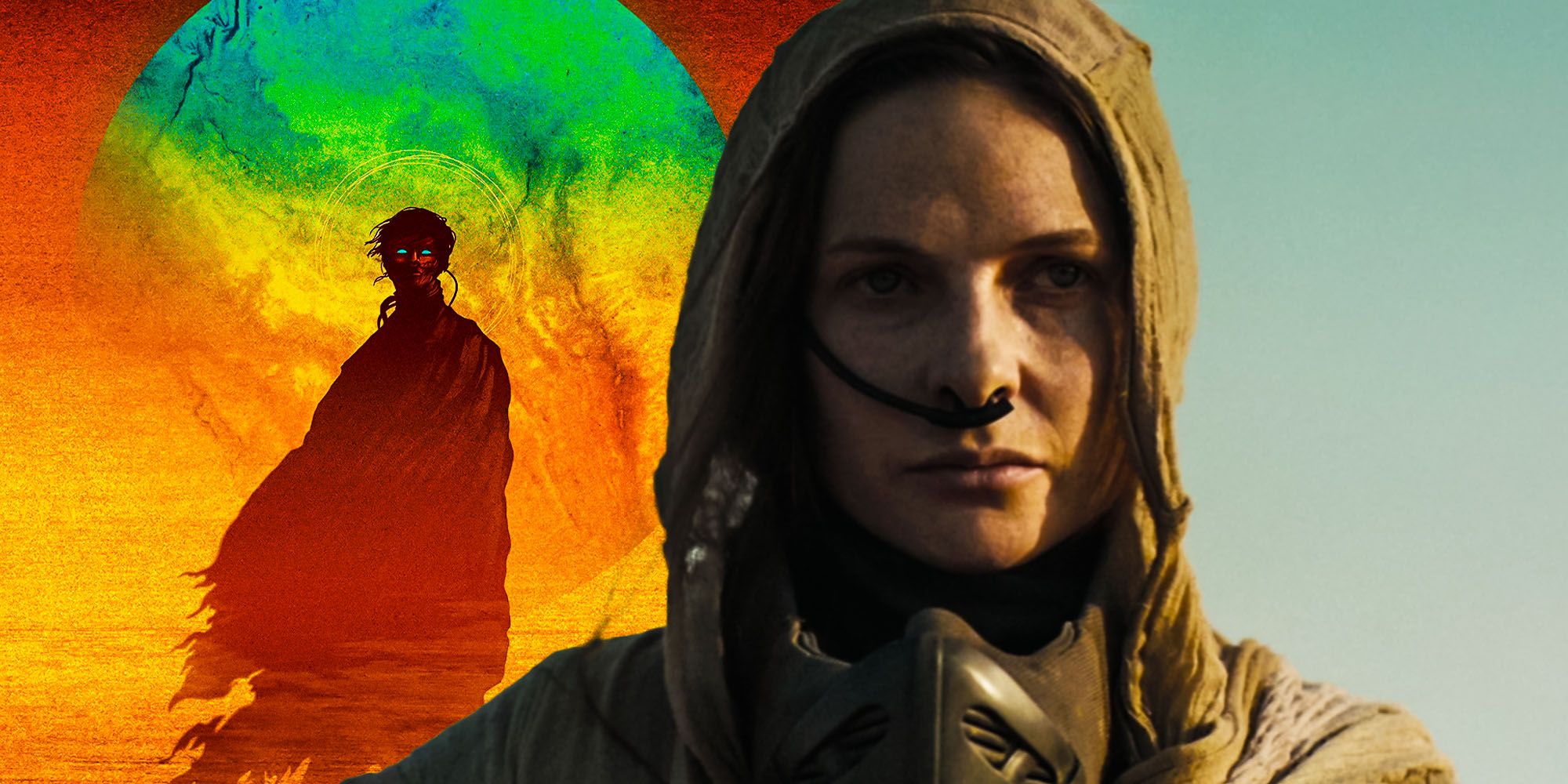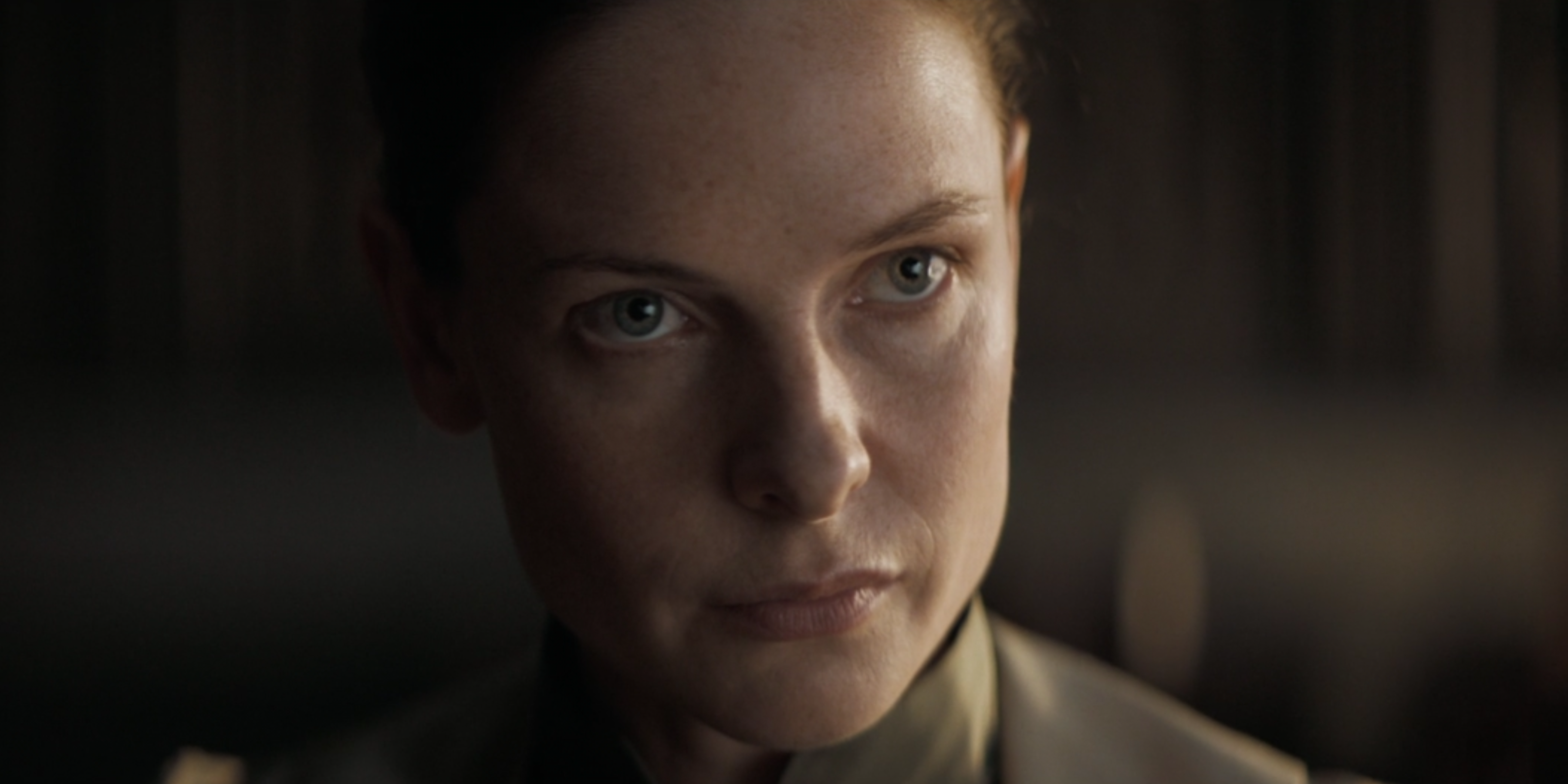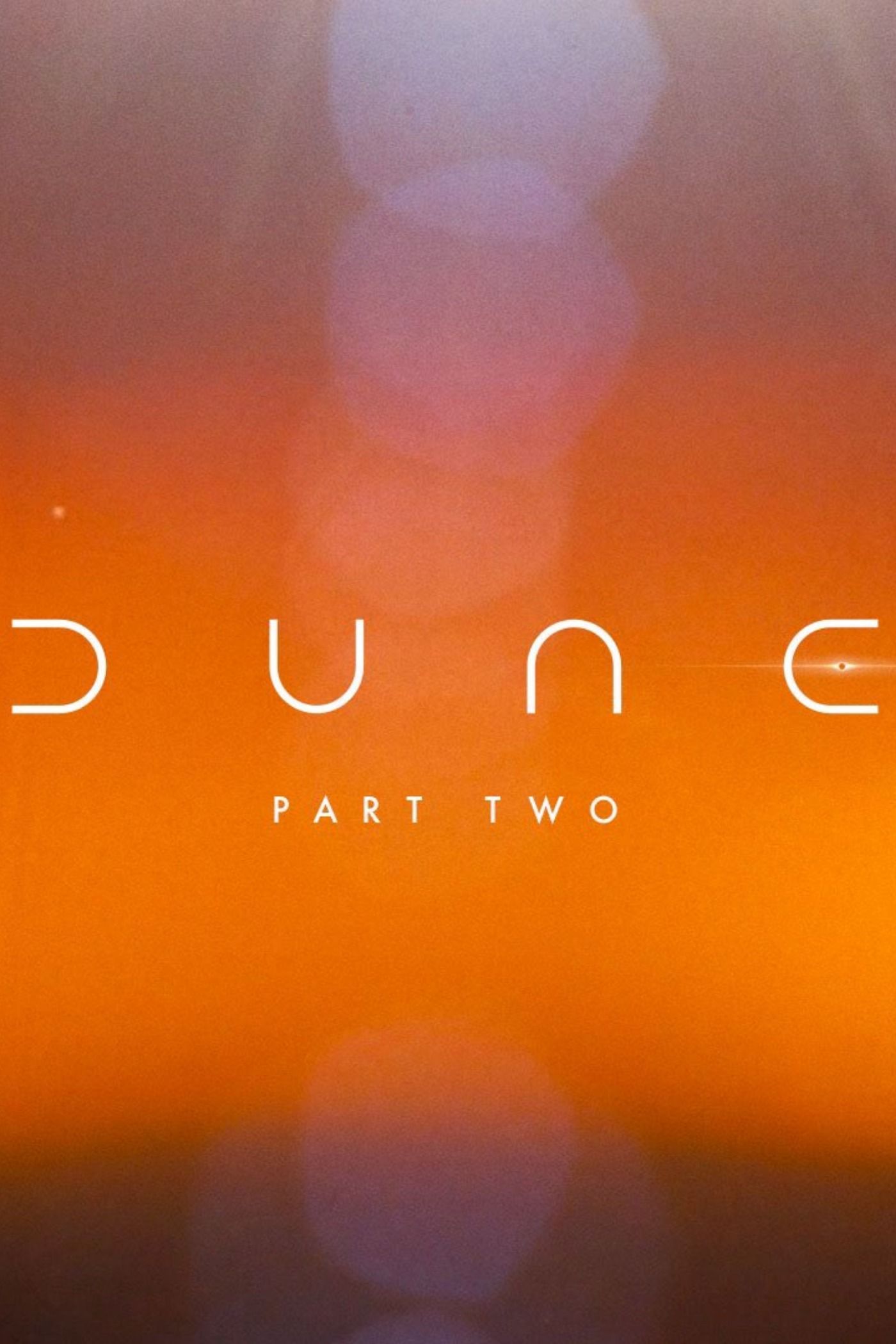Warning: Contains SPOILERS for Dune.
Denis Villeneuve's Dune is an adaptation that truly understands its source material, as evidenced by a simple change involving Lady Jessica's character. Villeneuve has previously demonstrated his skill in handling science fiction (Blade Runner 2049 and Arrival) and political intrigue (Sicario and Incendies), but Dune is his first foray into adapting a widely beloved source text, Frank Herbert's 1965 novel. The film adapts only the first half of Herbert's book, with Dune: Part Two having been greenlit and slated for an October 2023 release.
Just like the book, Dune centers the action around Paul Atreides (Timothée Chalamet), the son of Duke Leto (Oscar Isaac) and Lady Jessica (Rebecca Ferguson). Paul's mother Lady Jessica belongs to a religious order known as the Bene Gesserit, a formidable faction of powerful women, and Paul discovers that he could be fated to be a Messiah figure as a result. Early in the story, the Bene Gesserit Reverend Mother (Charlotte Rampling) visits House Atreides in order to gauge Paul's worthiness and abilities with a simple test: she places the Gom Jabbar (a poisonous needle) on his neck and directs him to insert his hand into a box that contains pain itself. Paul manages to withstand the pain awaiting him, demonstrating his power and surviving the Bene Gesserit's trial.
In the Dune novel, Paul silently recites a Bene Gesserit rite to calm himself leading up to the test, but in Villeneuve's adaptation, Lady Jessica quietly chants the rite outside the room while her son's hand is in the box of pain. This shift serves several purposes in the film. The text of the rite, the Litany against Fear, is iconic in its own right, and its use in this scene is incredibly important thematically for Paul and House Atreides. Read the text of the Litany against Fear below:
I must not fear. Fear is the mind-killer. Fear is the little-death that brings total obliteration. I will face my fear. I will permit it to pass over me and through me. And when it has gone past I will turn the inner eye to see its path. Where the fear has gone there will be nothing. Only I will remain.
On a technical level, in adapting a novel that often writes out the inner monologues of its characters, Villeneuve crucially avoids the pitfall of either layering in a cheesy voiceover or directing the characters to awkwardly speak their thoughts aloud. The tone of this moment sets up the remainder of Paul Atreides's journey, and an immersion-breaking choice by Villeneuve could have been fatal. Instead, with quick cuts between Lady Jessica and Paul, the tension builds and crests as Paul fights back his reaction to the pain and stares defiantly at the Reverend Mother.
Perhaps most importantly, the shift puts Lady Jessica's fears for Paul's safety at the forefront of this scene, underscoring that while Villeneuve could in no way adapt every detail directly from page to screen, he deeply understands the characters and their journeys. In the novel, Jessica is central to Paul's development, and her reservations about involving Paul in the politics of the Bene Gesserit are embedded in her actions, so the film is incredibly intelligent to add even more weight to her deep love for her son. Villeneuve's keen adaptation skills are on full display, paring the scene down to its bare bones while capturing its potency and vitality.
Looking ahead to Dune 2's story, it is encouraging to note just how masterfully Villeneuve handled the source material in the first film. His reverence for Herbert's worldbuilding and character development - and even iconic lines like the Litany against Fear - demonstrates that he is a capable and incisive adapter. Villeneuve's choice to further develop Lady Jessica and center her relationship with Paul ultimately helps to create an adaptation of Dune that values and understands its source material.



